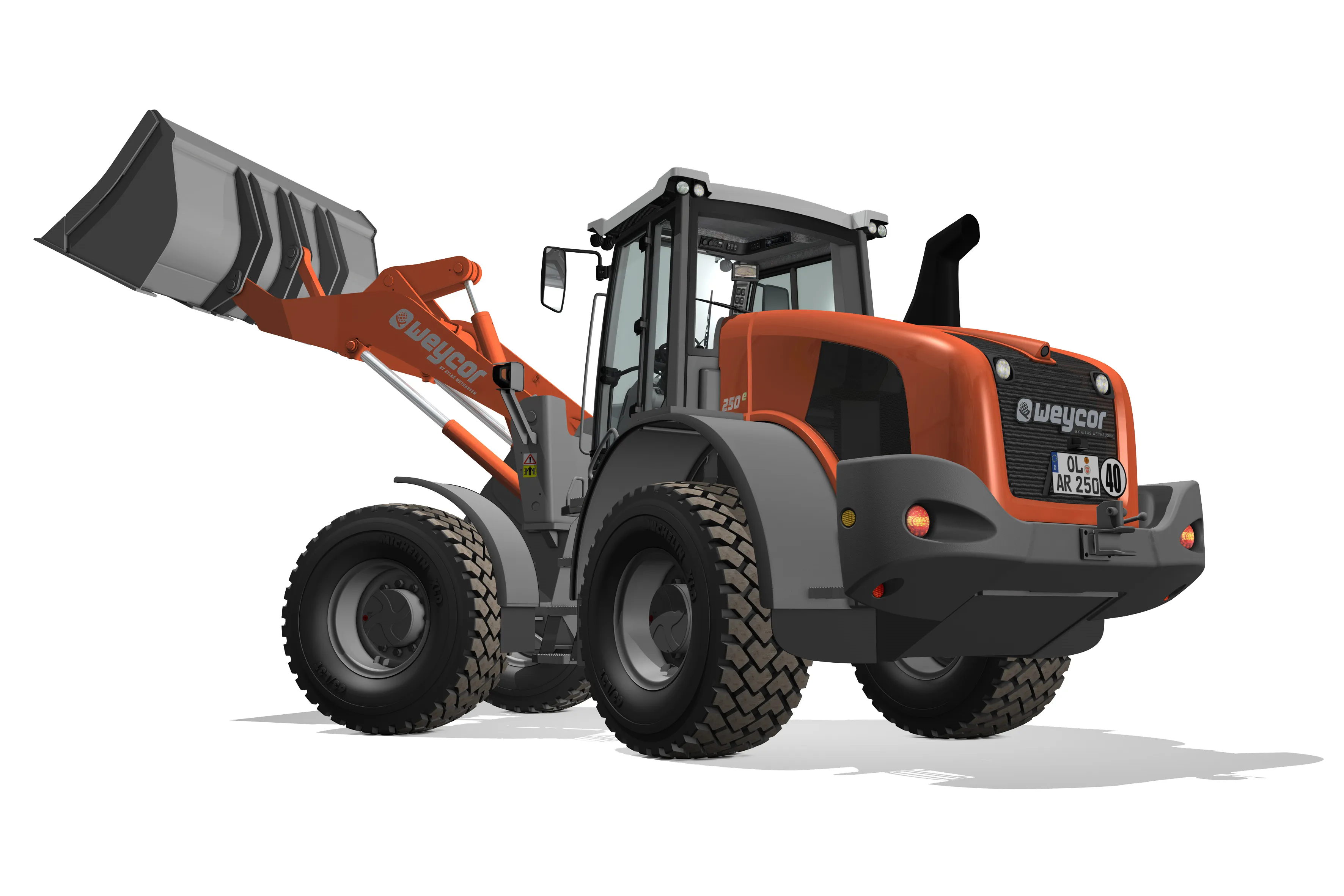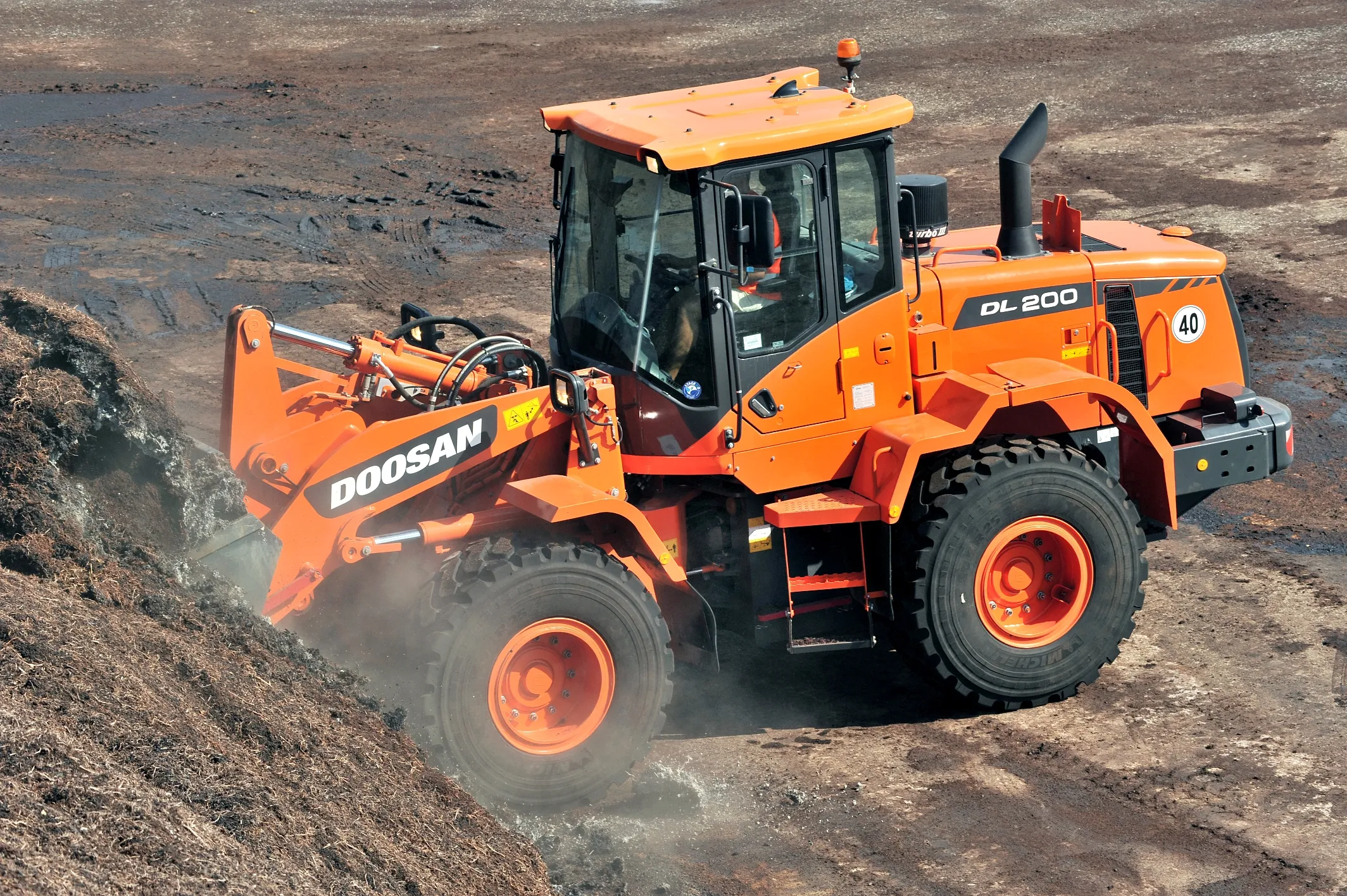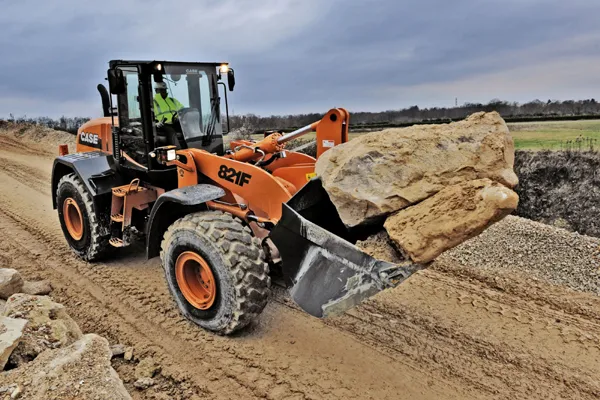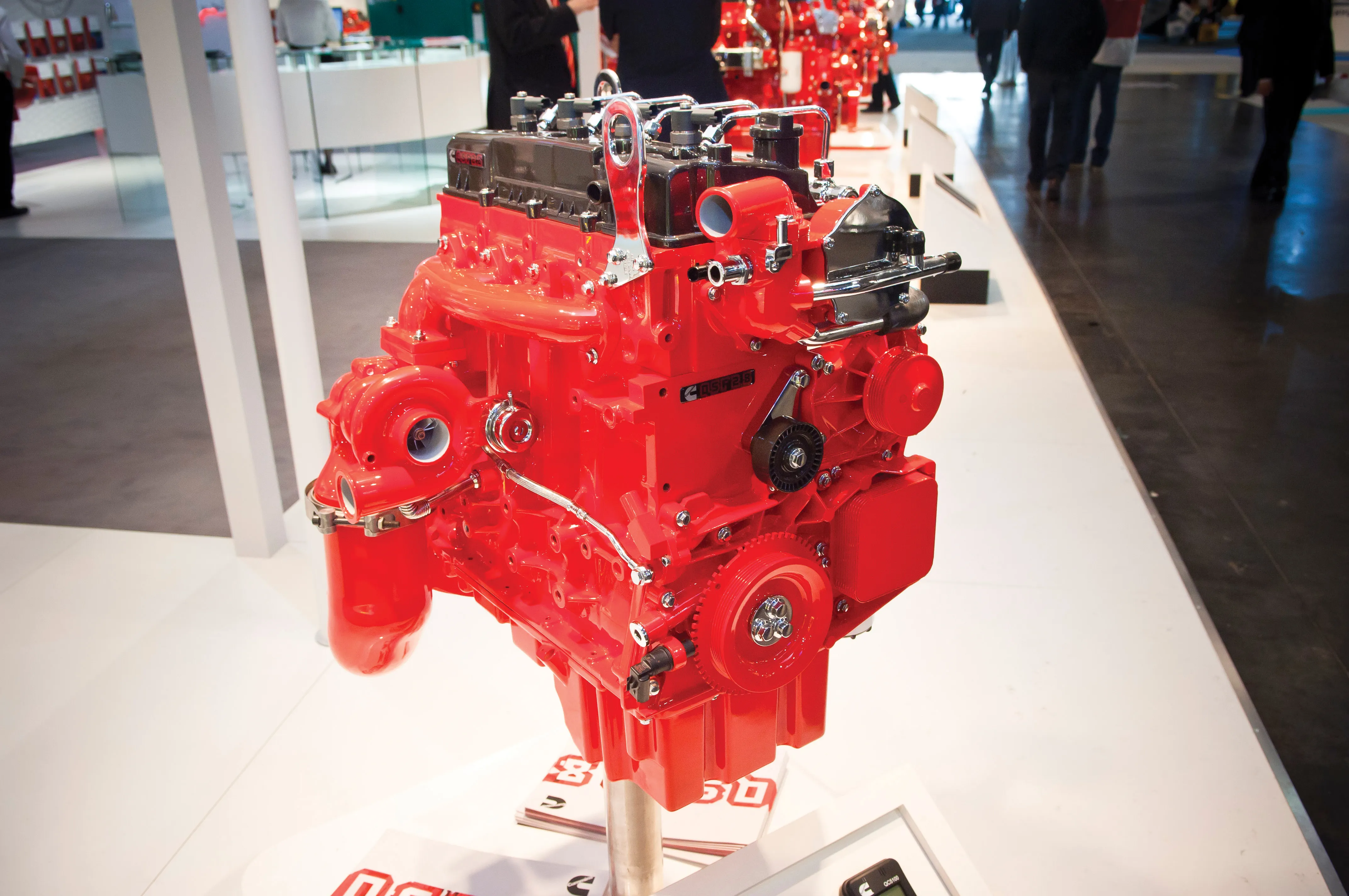Atlas, based in Wildeshausen in northwestern Germany, is extending the weycor series, in which other AR wheel loaders meet the TIER V ready exhaust gas regulation, in the direction of large high-performance loaders.
The Deutz TCD 6.1 engine with DOC/DPF/SCR exhaust system has an output of 160kW at 2000rpm and complies with the TIER IV final exhaust gas regulations and even with the TIER V ready regulations, which are not likely to come into force until 2020.
The maximum tipping load without hydraulic quic
January 6, 2017
Read time: 2 mins

The
The maximum tipping load without hydraulic quick coupler is 8800kg, putting it at the top of this weight class. The loader can also be supplied with a hydraulic quick coupler that meets ISO 23727.
Standard clearance height is 3935mm with 20.5 R 25 tyres. The standard operating weight of the weycor AR 250e is 13800kg and the machine has a wheelbase of 3000mm.
The redesigned ROPS and FOPS approved Type 40 cab has a one-piece windscreen. There is also a new operating console with an ergonomically redesigned joystick.
All of the driving functions shown on the display are controlled with just one knob, as in a car. It is possible to switch between the fast running function of 50kph and inching speed at the press of a button. Pressing the button also allows individual driving with corresponding presets to be selected, with a choice of one of four driving modes – shovel, pallet, eco and road modes.
The steering column, the angle and height of which can be adjusted, allows any driver to set up the optimal operating position. The distribution of force over the differential lock which can be engaged is 100% rear axis and 100% front axis with the weycor AR 250e.








